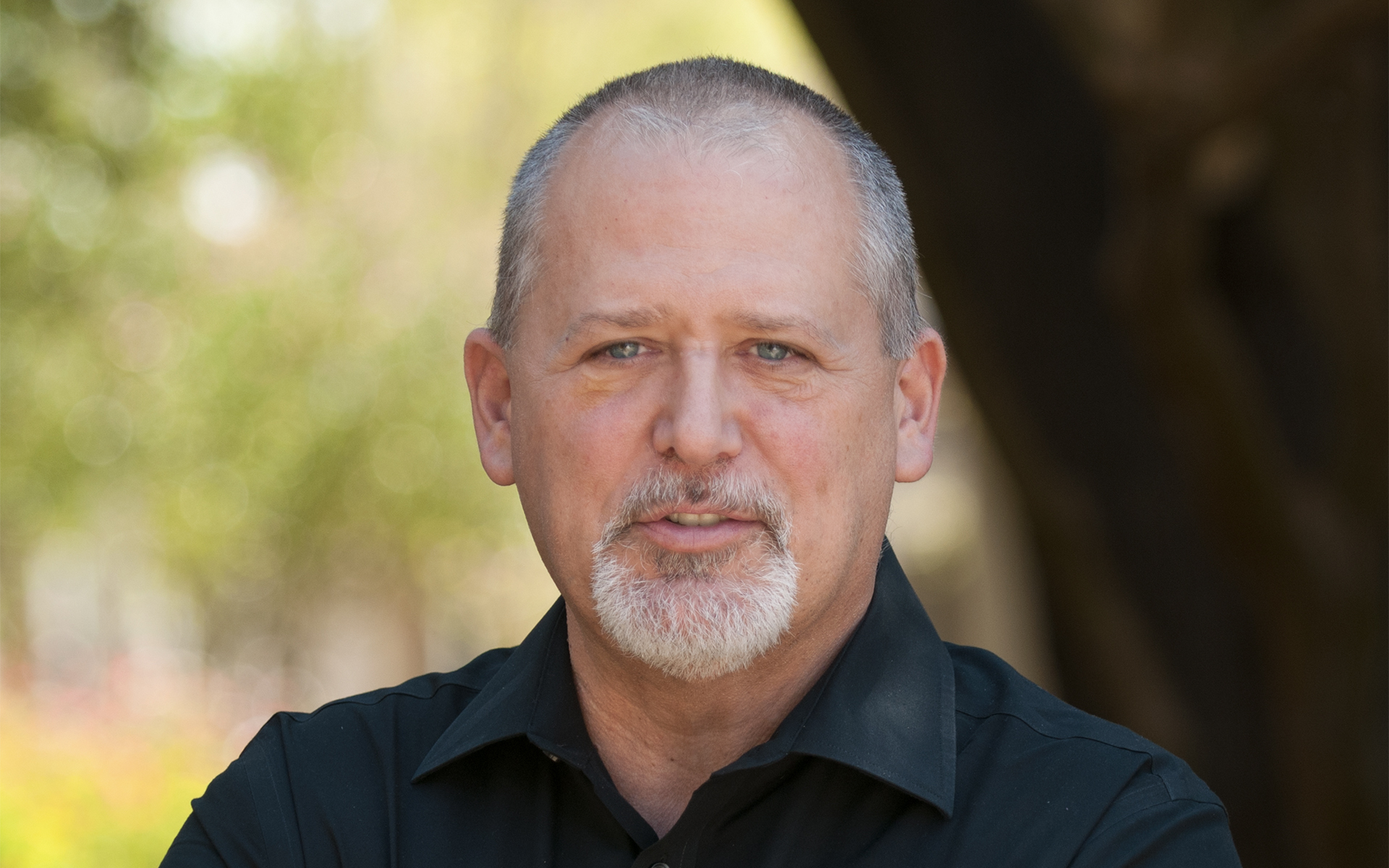Faith Speaking Understanding
Vanhoozer is Research Professor of Systematic Theology at Trinity Evangelical Divinity School and the author of numerous books and articles. This book is in some ways a repackaging of his Drama of Doctrine: A Canonical Linguistic Approach to Christian Doctrine (Louisville: Westminster John Knox Press, 2005). The former was written for “professional theologians and graduate students of theology” and this one is written for “everyday Christians, serious students of theology, and pastors” (p. xv). Vanhoozer explains that it “is a belated reply to the many requests I have received over the years to make my earlier work more digestible, briefer, and of greater practical benefit” (ibid.). Yet, he explains, since his thinking has continued to evolve, this work is “no mere abridgment” (ibid.)
“Theology,” the author asserts, “is the art and science of living well to God. . . . [It] is the serious and joyful attempt to live blessedly with others, before God, in Christ, through the Spirit” (p. xiv, italics deleted). He explains, “This is a book about learning doctrine for the sake of acting out what is in Christ: call it the drama of discipleship” (p. 1).
The title, and the thesis of the book, is a “bold” change of Anselm’s famous description of theology as “faith seeking understanding” (p. 15). In the modification, Vanhoozer is emphasizing that disciples of Christ “must speak Christian” (ibid.). In short, “To understand something is to be able to translate it. To ‘speak understanding’ is to express the meaning of the gospel in some language; to present understanding is to translate the meaning of the gospel into various forms of language, logic, and life” (p. 17). He concludes, “Christian theology is the task of translating—discovering and presenting—the meaning of the gospel of Jesus Christ for us today” (ibid.).
According to the author, faith speaking understanding is a drama. The church’s task is “to speak and show its understanding of what God is doing in Christ to renew creation. Disciples are not onlookers who keep a safe distance but witnesses who stake their lives on the good news that the triune God is actively at work in all situations to rescue and redeem. What the church needs now are not passive spectators but active participants, actors who can follow doctrinal directions” (p. 27). Later he puts it this way: “The church is a theater of the gospel in which disciples stage previews of the coming kingdom of God” (p. 59).
Whether or not the reader accepts Vanhoozer’s drama/theater metaphor (or model), his description of the church’s role and function is surely correct: “What the church has to offer that no other institution can offer is the gospel of Jesus Christ, an invitation to life with God and fellowship in his family. This involves more, not less, than teaching about Jesus Christ. Proclaiming the truth is important, a sine qua non, yet the church’s vocation goes further. The mission of the church is to offer a taste of truth: a personal experience of the gospel, a relationship with Jesus Christ” (p. 56).
In the conclusion, Vanhoozer summarizes his work: “I have argued that doctrine tells us what is in Christ and exhorts us to conform to what is. I have also argued that doctrine must be acted on from the inside out: it is not enough merely to go through the external motions; mimicking is not mimesis. True disciples live out what is in Christ, and this means embodying Christ’s heart and mind alike” (p. 230). In short, “Doctrine must be done” (p. 231). Or, as the brother of our Lord put it, “Faith, if it is not accompanied by action, is dead” (James 2:17, NIV).
In an appendix Vanhoozer answers several objections to his analogy of doctrine to the theater. Particularly helpful for understanding his emphasis on drama is the distinction he makes between drama and story. “We can clarify matters considerably by distinguishing ‘story’ as an object of discourse (what is told) from ‘narrative’ and ‘drama’ as modes of discourse (how one presents the story). . . . Though narratives and dramas share a common story shape, they present stories differently. Narratives use narrators and typically recount their stories in the third person . . . and thus can be kept at arm’s length. Dramas, by way of contrast, show rather than tell and are typically enacted in the first and second person, the language of personal interaction” (p. 252). Although overly simplistic and not completely accurate (since many narratives are told in the first person), this final paragraph in the book helps the reader understand the perspective of the author.
Readers of Drama of Doctrine will likely find Faith Speaking Understanding more accessible and practical in its application. Those who have not read the former work will be well served by starting here. And anyone who desires to see doctrine not simply believed but practiced will find this work helpful. Theology is not simply faith seeking understanding, it is faith lived out, faith “speaking” understanding. “Speaking,” in Vanhoozer’s metaphor, is more than simply words; it is words in action. As an aid to help followers of Jesus Christ become more like him in word and deed, this book is highly recommended.
About the Contributors

Glenn R. Kreider
Prior to teaching at DTS, Dr. Kreider served as Director of Christian Education and then as Senior Pastor in Cedar Hill, TX. His research and writing interests include Jonathan Edwards, theological method, theology and popular culture, and our eschatological hope. Dr. Kreider believes that grace really is amazing; it is a thought that will change the world. He is married to his best friend, Janice, and they have two grown children and one granddaughter, Marlo Grace. He and Janice enjoy live music, good stories, bold coffee, and spending time together and with their rescue dogs—a terrier/greyhound mix named Chloe and a black lab named Carlile.
